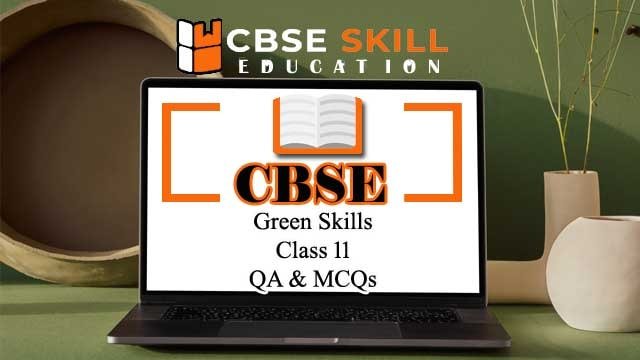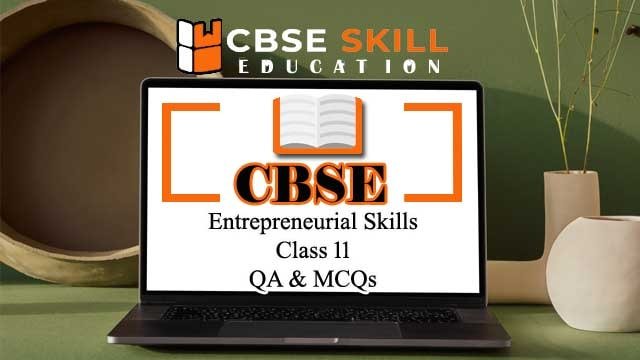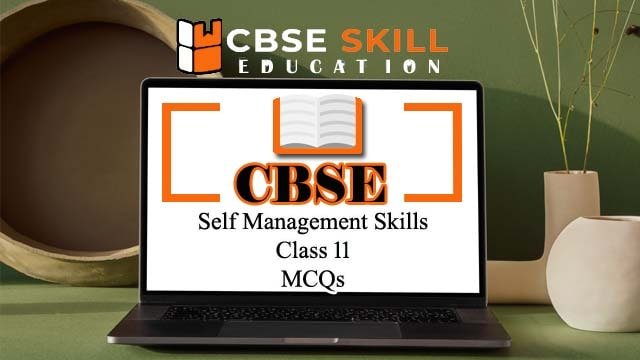Green Skills Class 11 MCQ & QA
Share with othersTeachers and Examiners collaborated to create the Green Skills Class 11. The team has gathered all of the important MCQs and QA from Employability Skills Textbook. All of the MCQs & QA have been organized topic wise. Green Skills Class 11 Session 1: Sectors of Green Economy 1. The term ____________ was first … Read more





